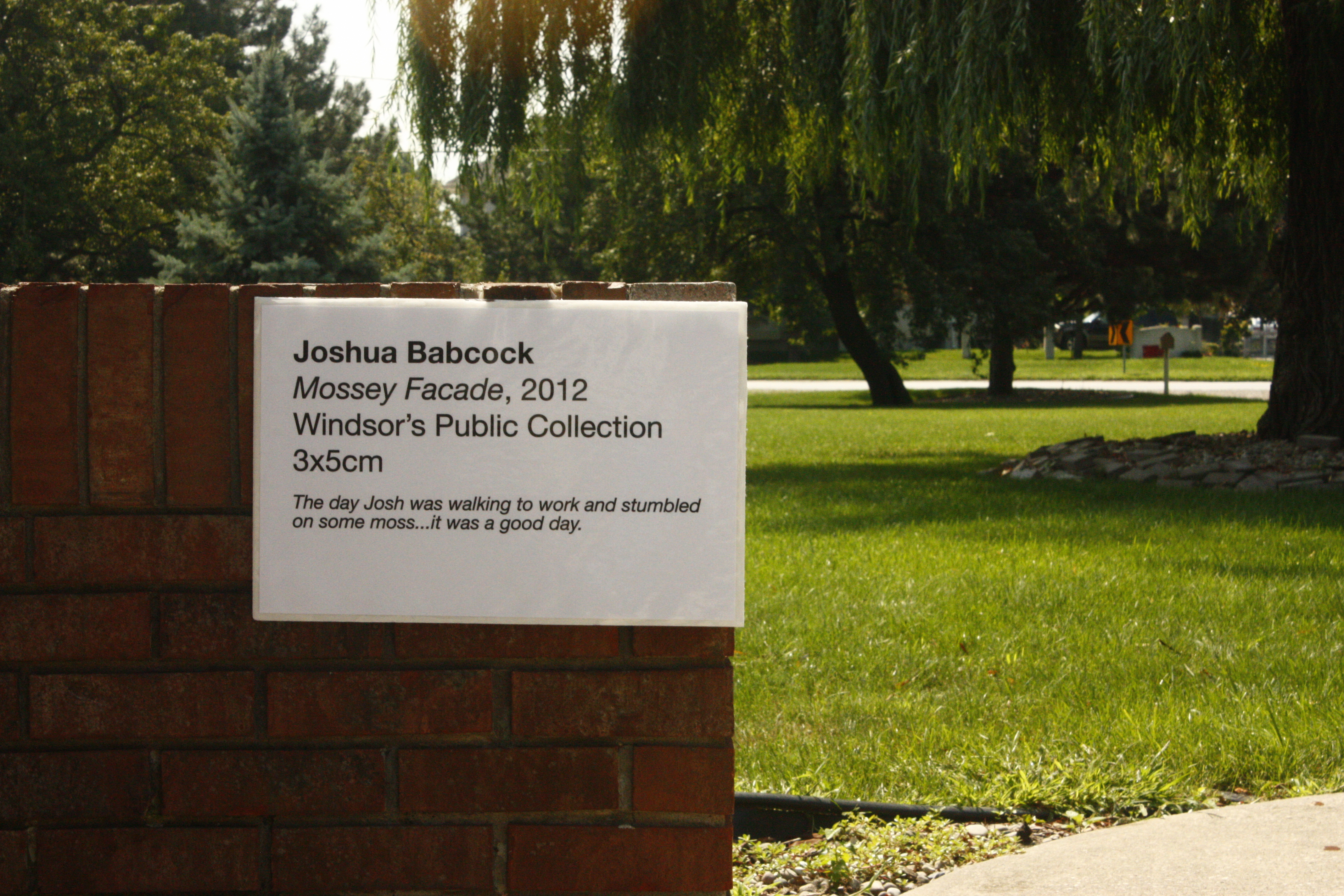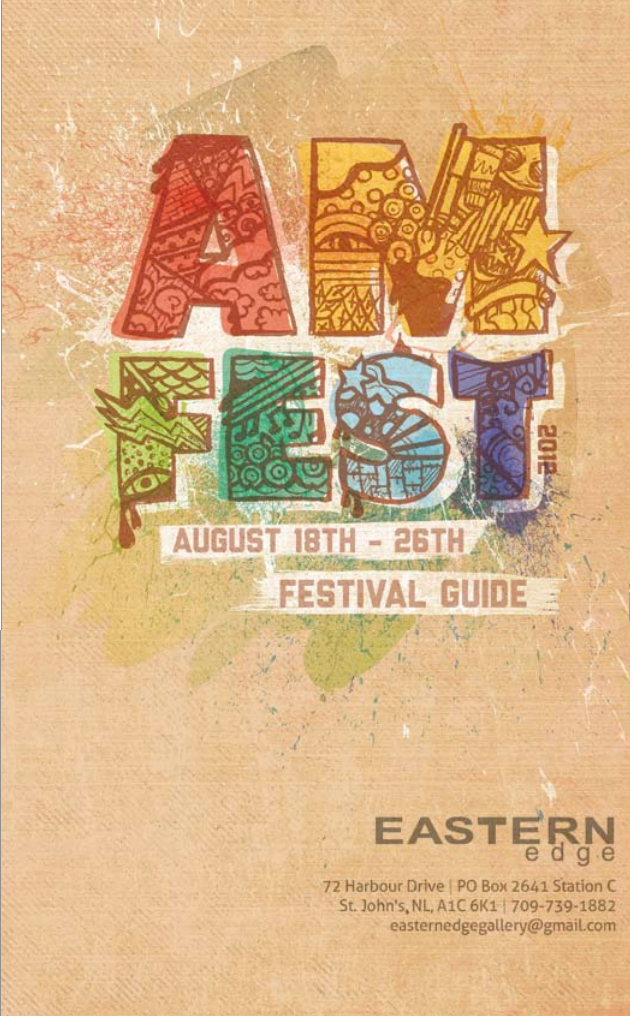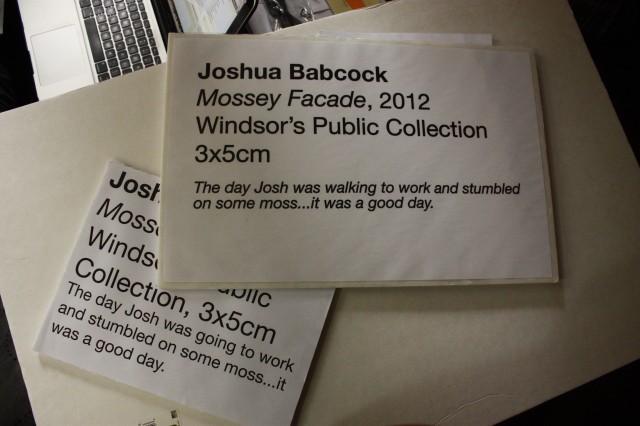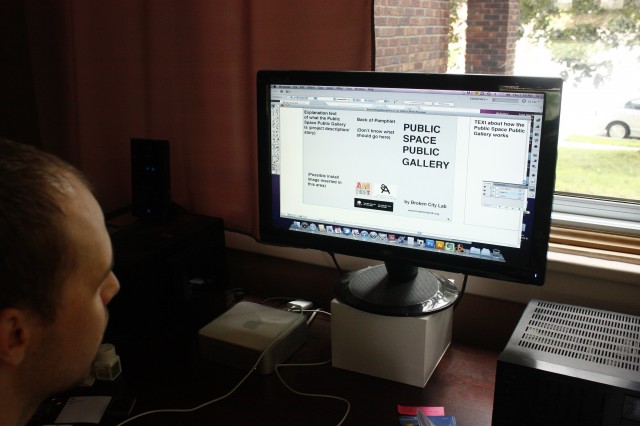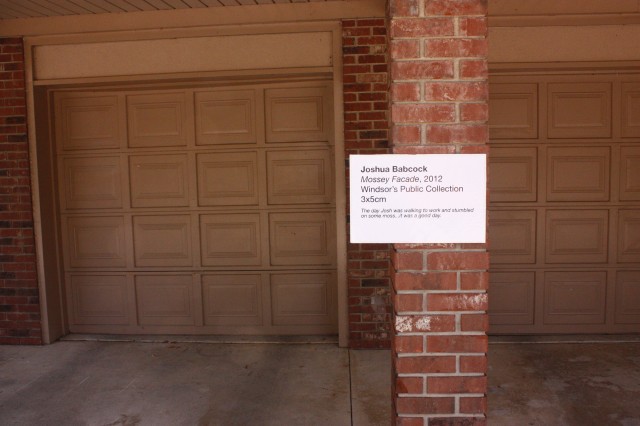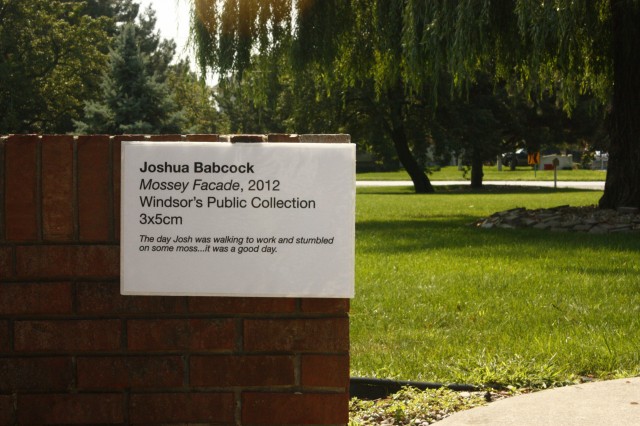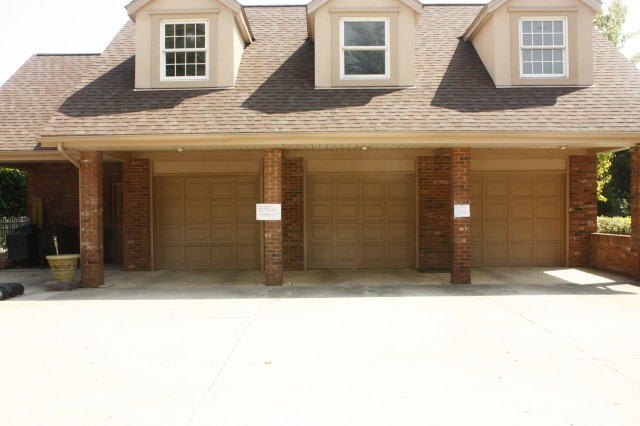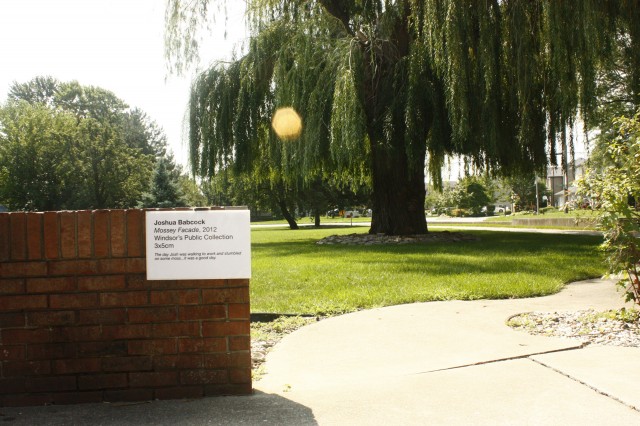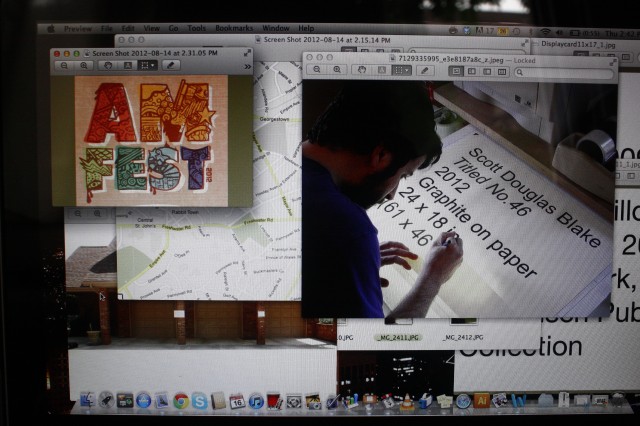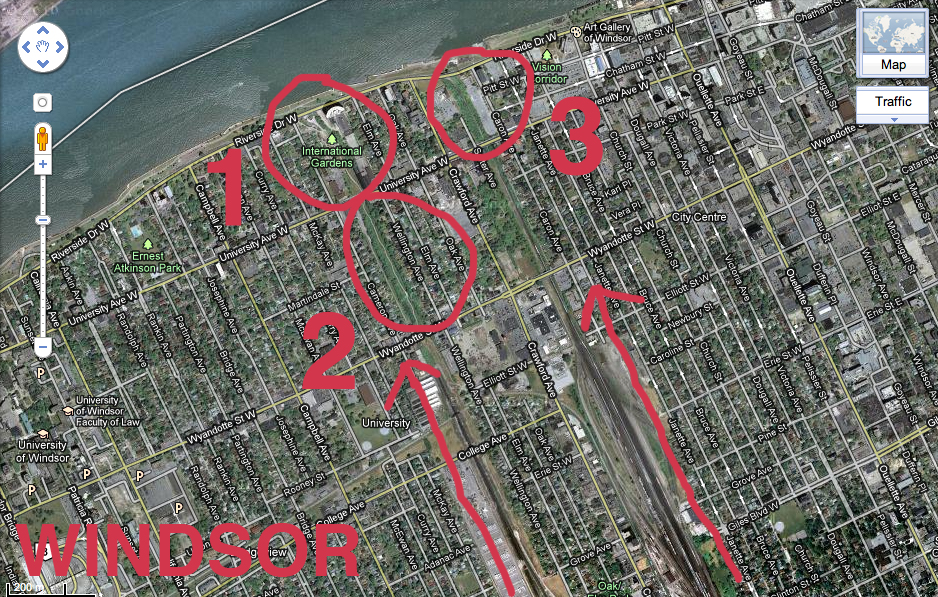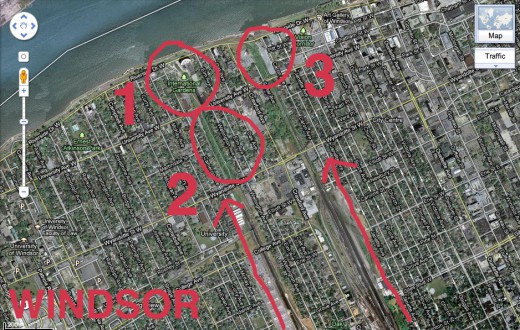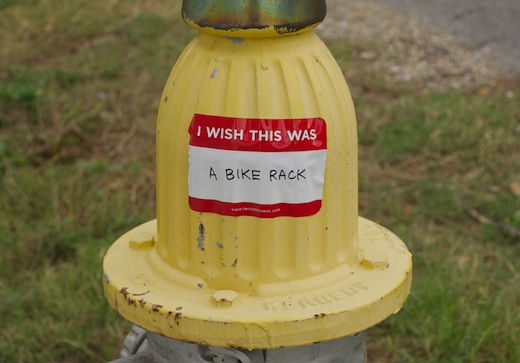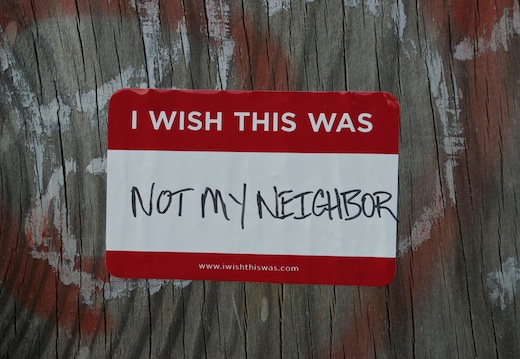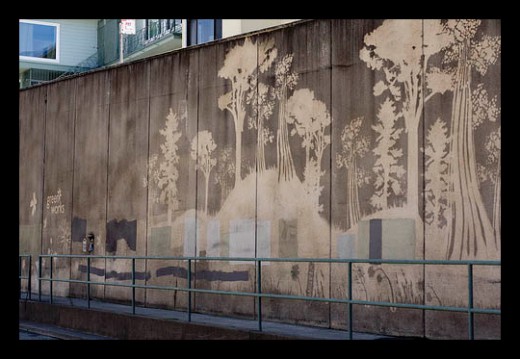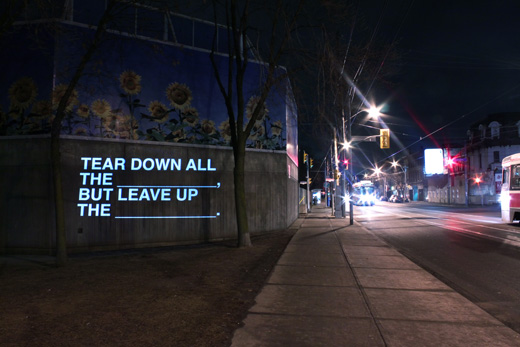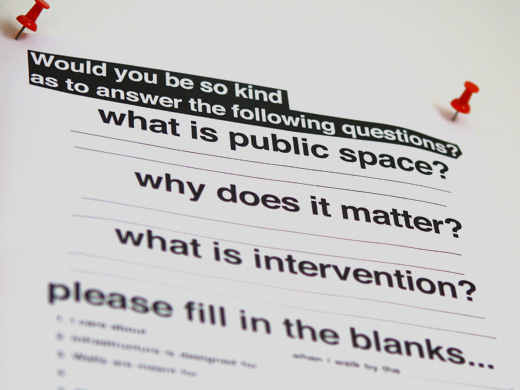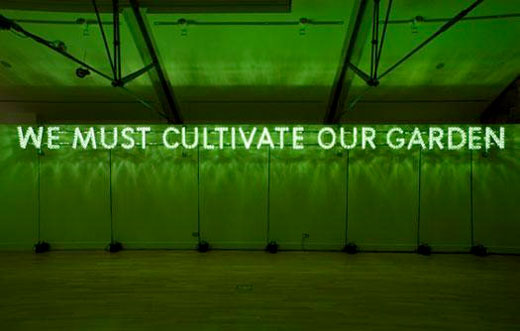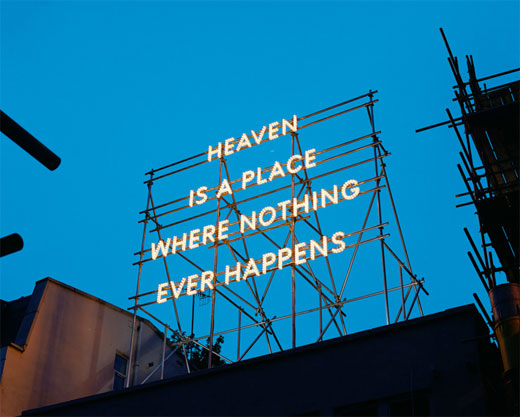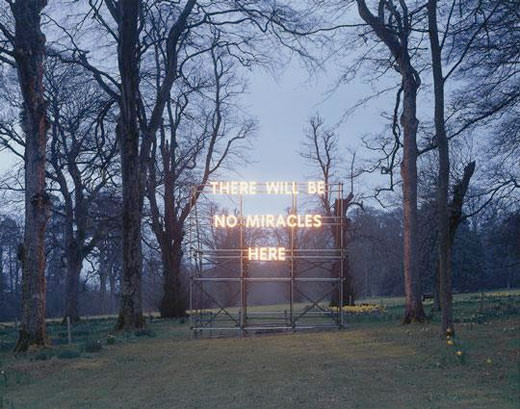On Monday, some of us will be heading off to St.John’s Newfoundland to participate in Eastern Edge’s annual AM Festival!
While there, we’ll be creating a project called the Public Space Gallery. This project combines traditional elements found in a gallery space and places them outside in more untraditional public locations. Through a series of workshops, we’ll be collecting stories to interprete and curate into a public gallery. The gallery will contain different collections that will be summed up in a “walking tour” map that festival visitors can choose to experience on their own or take the gallery tour with the Broken City Lab art interpretors and tour guides.
Josh works on the walking tour pamphlet.
An example test shot of how the gallery cards would look outside.
It’s interesting to try and put these up outside and properly frame the space the card pertains to.
The 11 x 17 inch cards definitely have a better presence than the 8.5 x 11. It’s kind of interesting to me that from a distance, it just looks like a white disruption of space.
From a distance.
There are still a lot to decide on and more to create/design before we leave! Back to work. More soon.
